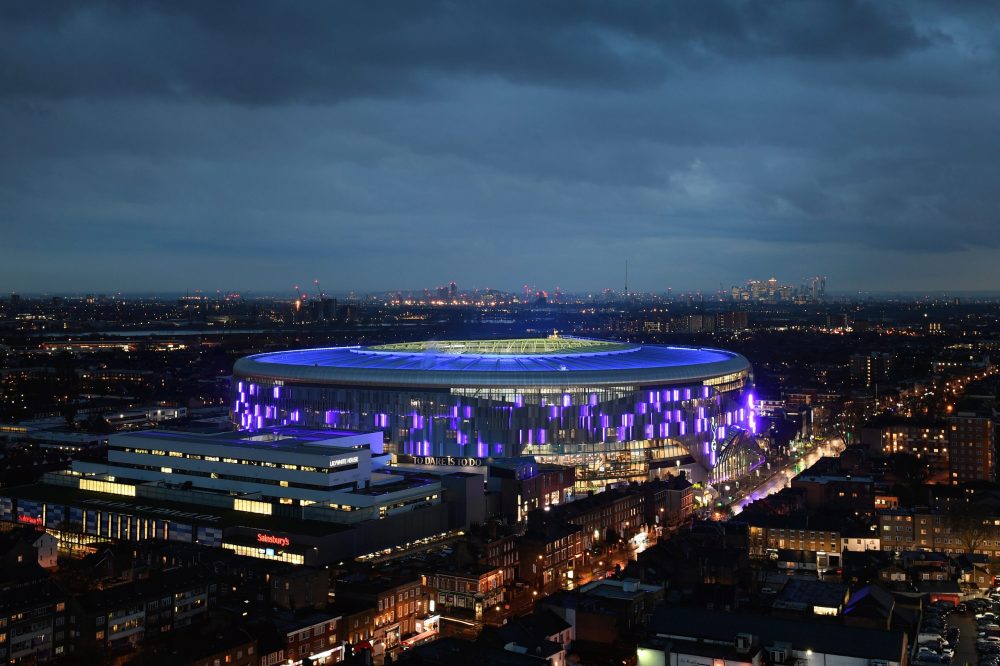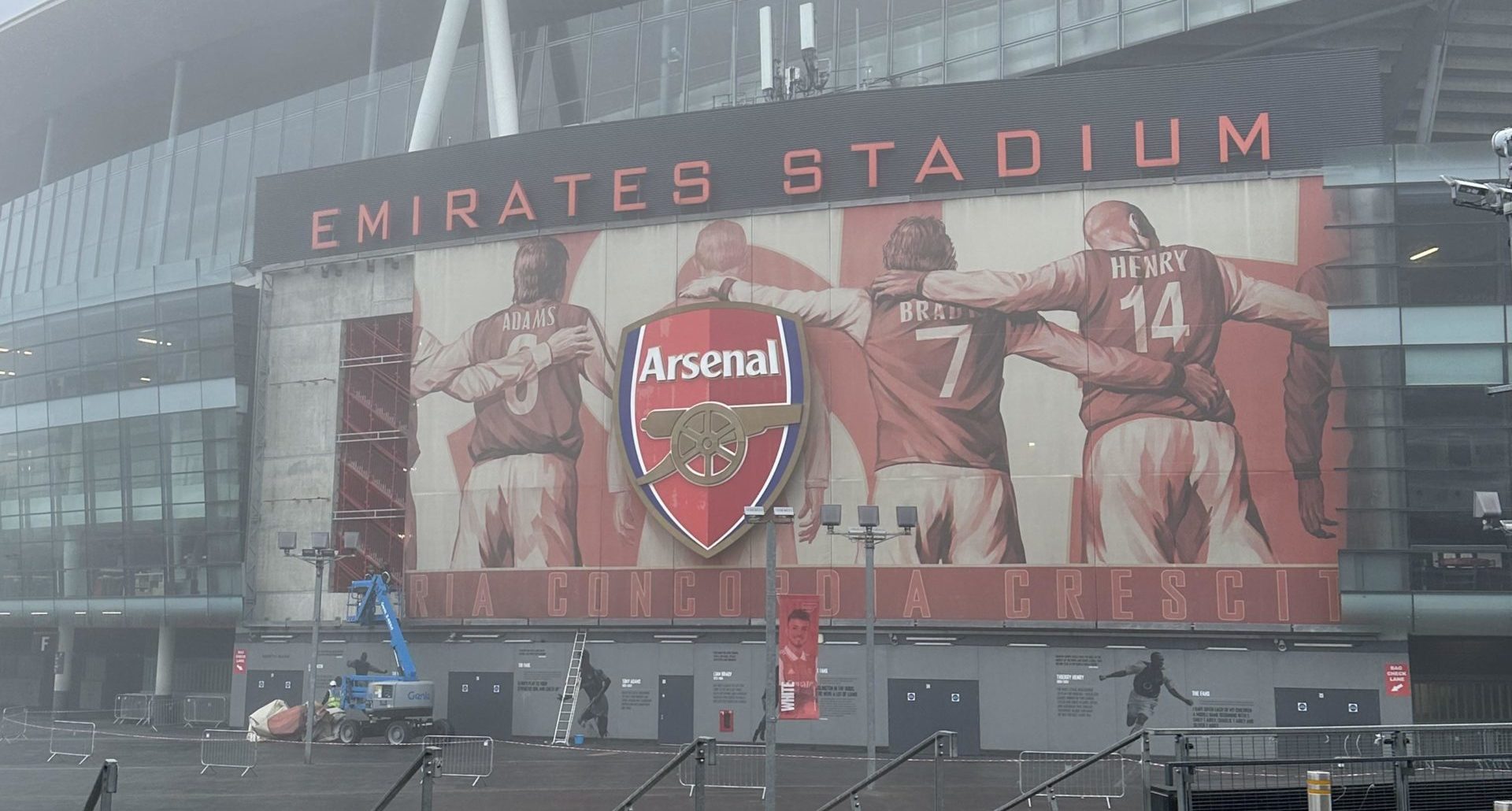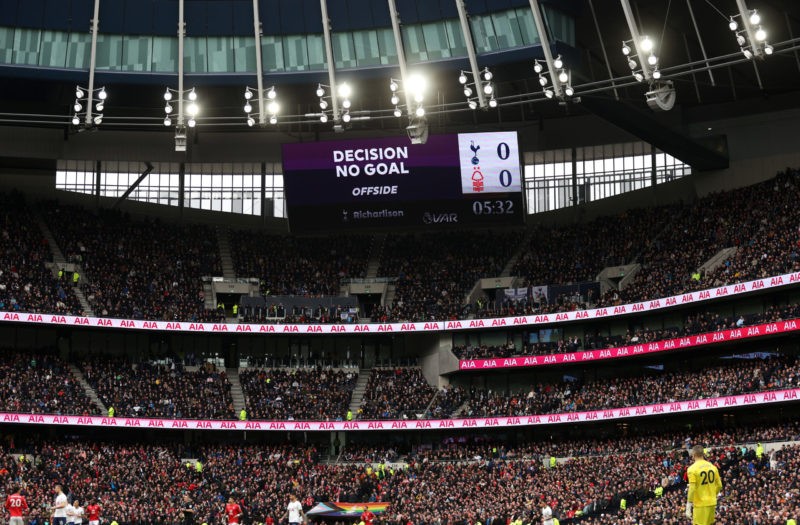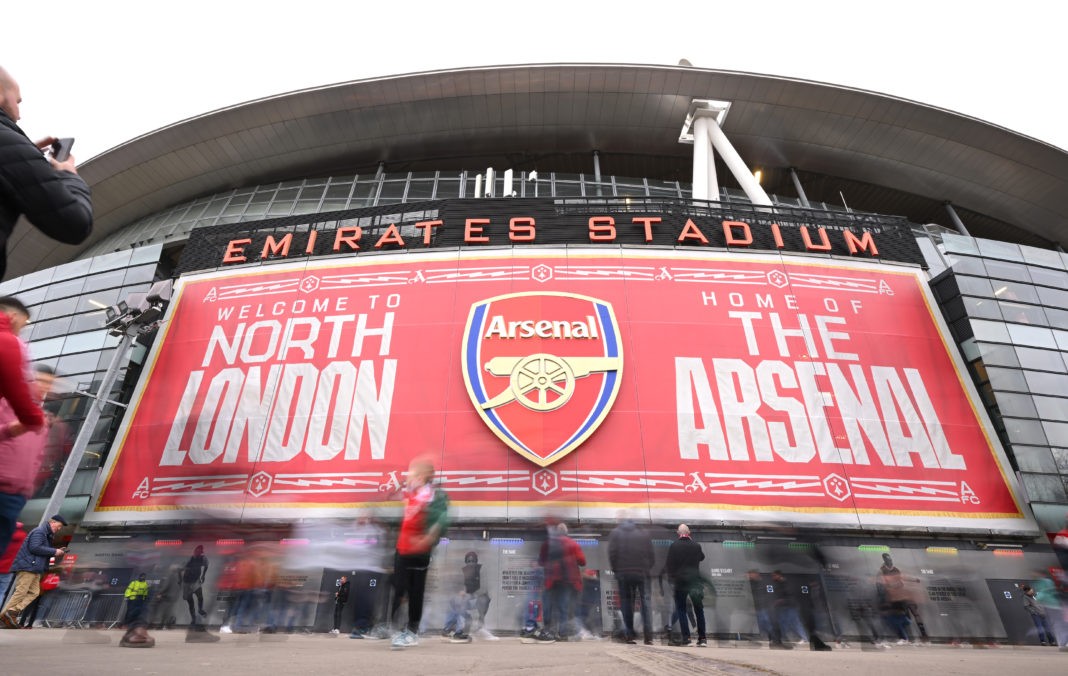While both Arsenal and Tottenham Hotspur financed their new stadiums through a mix of private investment, bank loans, and other funding sources, there were several key differences in how they went about it.

Firstly, the cost of the projects differed significantly.
Arsenal’s Emirates Stadium cost around £390 million, while Tottenham’s new stadium cost approximately £1 billion, making it one of the most expensive stadiums ever built.
Secondly, the sources of funding for the two projects differed.
Arsenal relied heavily on private investment and bank loans, with the club launching a successful bond scheme to raise additional funds.
Tottenham, on the other hand, received significant government grants and tax incentives to help finance the project, in addition to private investment and bank loans.
Thirdly, the approach to debt financing also differed between the two clubs.
Arsenal took out a long-term loan of £260 million from a consortium of banks, secured against the future revenue streams of the club.
Tottenham, meanwhile, took out a larger loan of £400 million, which was later refinanced and extended to £637 million, also secured against the future revenue streams of the club.
Finally, there were differences in the way the two clubs went about generating additional revenue streams to help finance the projects.
Arsenal secured significant sponsorship deals, including a long-term deal with Emirates Airlines for the naming rights of the stadium.
Tottenham, however, looked to generate additional revenue through hosting events other than football, such as concerts and NFL games, as well as through the development of a commercial and leisure complex around the stadium.
How did Arsenal pay for the Emirates stadium?

Arsenal Football Club’s Emirates Stadium, located in north London, was built between 2004 and 2006 at a cost of around £390 million. The project was financed through a combination of methods, including private funding, bank loans, and club-generated revenue.
One of the key components of the funding plan was a long-term loan of £260 million from a consortium of banks, including Barclays and Royal Bank of Scotland. This loan was secured against the future revenue streams of the club, including sponsorship deals, ticket sales, and broadcasting rights.
In addition to the bank loan, Arsenal raised significant funds through private fundraising efforts. The club’s board of directors launched a campaign to sell bonds to fans and investors, with a minimum investment of £3,000. The bond scheme was highly successful, raising over £97 million in total, with investors attracted by the prospect of a fixed-rate return on their investment.
Another key source of funding was the sale of Arsenal’s former stadium, Highbury, which was sold to a property developer for £130 million. This money was used to help finance the construction of the Emirates Stadium, with the club able to generate additional revenue from the sale of luxury apartments built on the site.
Finally, the club also generated significant revenue through sponsorship deals and other commercial arrangements. Emirates Airlines, for example, signed a 15-year deal worth £100 million to have their name on the stadium, while other deals with companies such as Nike, Citroen, and O2 generated additional revenue streams.
Overall, the funding for the Emirates Stadium was a complex mix of private investment, bank loans, and revenue generated by the club.
While the construction of the stadium represented a significant financial challenge for Arsenal, the project was ultimately successful, providing the club with a modern, state-of-the-art facility and helping to secure its future for years to come.
How did Tottenham finance their new stadium?

Tottenham Hotspur’s new stadium, located in north London, was built between 2015 and 2019 at a cost of around £1 billion. The project was financed through a combination of methods, including private funding, bank loans, and £32m of government grants.
One of the key sources of funding for the project was a £400 million loan from Bank of America Merrill Lynch, which was secured against the future revenue streams of the club, including ticket sales, broadcasting rights, and commercial partnerships. This loan was later refinanced and extended to £637 million in 2017, with additional funding provided by HSBC and Goldman Sachs.
In addition to the bank loans, Tottenham Hotspur raised significant funds through private fundraising efforts. The club launched a bond scheme, similar to Arsenal’s, which allowed fans and investors to invest in the project in return for fixed-rate returns. The scheme was highly successful, raising around £525 million in total.
Another key source of funding for the project was government grants and tax incentives. The club received £32 million in funding from the London Development Agency, which was set up by the Mayor of London to support regeneration projects across the city. Tottenham also received £5 million in funding from the Premier League, which was provided to help improve facilities and support community development.
In addition to these grants, Tottenham also received significant tax incentives from the UK government. The club was granted “enhanced capital allowances,” which allowed them to claim back a significant portion of the tax paid on the construction of the stadium. The value of these incentives is estimated to be around £70 million.
Overall, the funding for Tottenham Hotspur’s new stadium was a complex mix of private investment, bank loans, government grants, and tax incentives. While the project was controversial in some quarters due to the use of public money, it was ultimately successful, providing the club with a modern, state-of-the-art facility and helping to secure its future for years to come at a cost of more than three times what Arsenal’s cost to build, while taking twice as long to construct.

